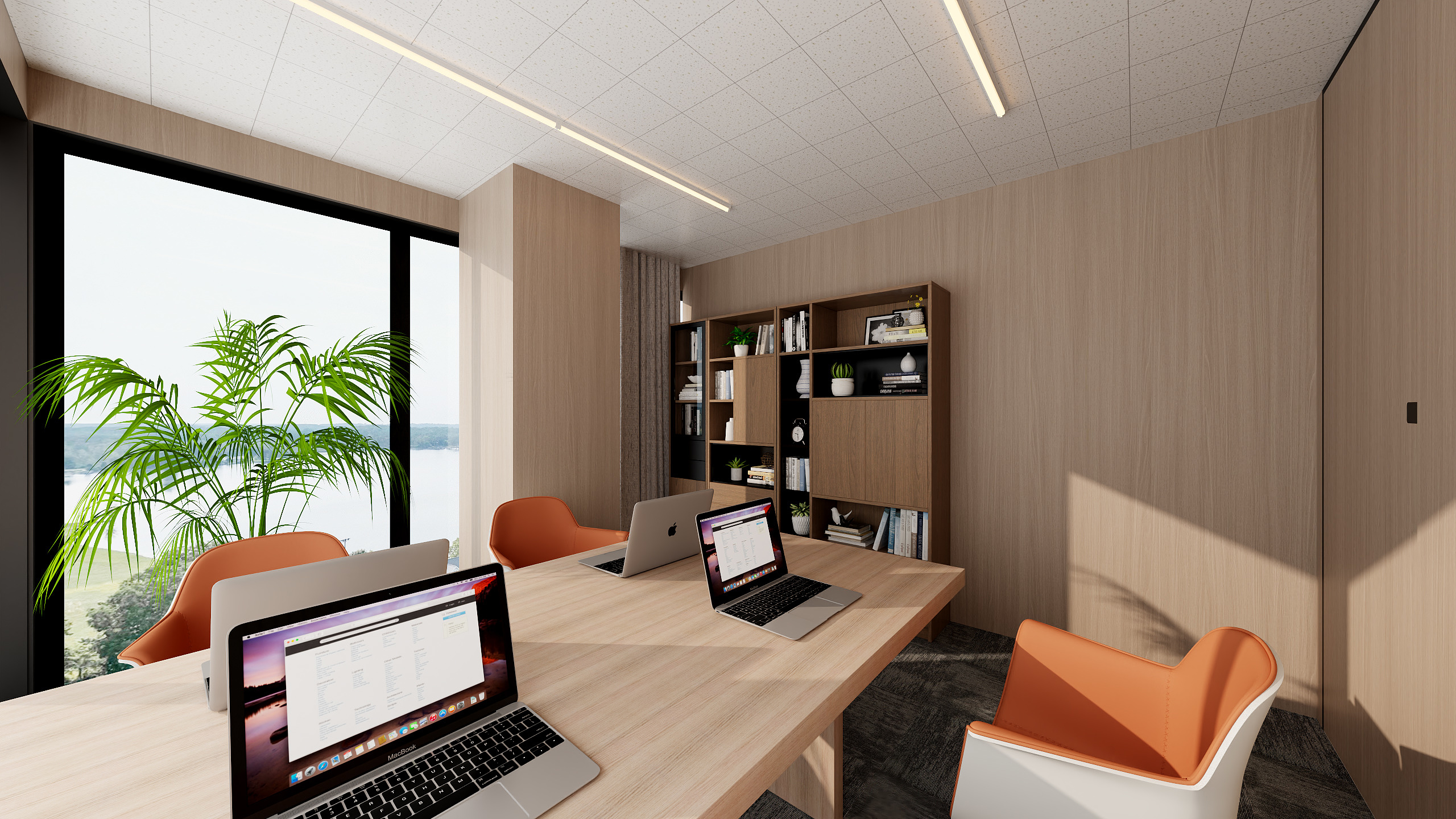Many companies have found that when renting shared offices, the agreed rent is often significantly higher than the final payment, or various additional fees are incurred when signing contracts. Actually, renting an office not only requires paying the workstation fee, but let’s take a look at the costs involved in shared offices.

What are the costs involved in shared offices
- Workstation fee
Workstation fee is one of the core expenses for renting a shared office. Although it is only the cost of one workstation, it is directly related to the location. When you rent a shared office in a busy area, the workstation fees will also be higher.
The workstation fee for shared office space is different from traditional office rent and has higher flexibility. Usually, fees can be charged by day, time, or month. Of course, the longer the office rental period, the greater the space for rental premium. If the lease term is based on an year, the price will be relatively more cost-effective.
- Network and service fees
In the process of office work, the internet is the cornerstone to ensure efficient work. Most shared office spaces provide basic network access services, but often come with additional fees. For example:
(1) When you need higher broadband, more secure network solutions, or a dedicated IP address, you will need to pay additional network fees.
(2) Printing, photocopying, scanning and other office services are usually charged by volume. Although they may not be eye-catching, they are still a significant expense accumulated over time.
- Conference room rental fee
For companies that frequently need to use offices for meetings, renting conference rooms in shared offices can also provide great convenience. However, it should be noted that the rental fee for conference rooms is usually calculated separately.
The specific charging standards are related to the size of the conference room, equipment configuration, and usage time. If you spend a lot of time using the conference room, you can find out if there is the most suitable rental plan for the conference room.
- Non office time expenses
Non office time expenses typically refer to the costs incurred for using a shared office during non regular office hours. Although these costs may not be high, for teams that require frequent overtime or weekend work, they also need to be planned in advance to avoid unnecessary cost increases.
Especially during hot seasons, using a shared office during non office hours may require additional electricity and air conditioning fees, which can be a significant expense.
- Air conditioning fee
Although many office shared spaces no longer charge air conditioning fees and are directly included in the workstation fee, it should also be noted that some shared offices have limited air conditioning opening hours, such as from 8am to 8pm when the air conditioning is on. Once this time is exceeded, the air conditioning cannot be used anymore.
Some shared offices, on the other hand, charge air conditioning fees with clear prices, and the specific charging standards are mainly calculated based on the amount of air conditioning fees used by the enterprise. Therefore, when renting a shared office, it is important to have a detailed understanding of the usage policies and fee standards.
- Parking fees
Although some shared offices may offer free parking spaces, in most cases, additional fees are required. And the charging standards vary depending on the chosen office rental platform. For example:
(1) Monthly fee: You can park freely by paying a fixed fee every month.
(2) Charge by time: A certain fee is charged based on the duration of each parking session.
What are the characteristics of shared office spaces?
Why are more and more companies in New Zealand opting for shared offices? What are its characteristics?
(1) Strong flexibility
Whether a startup wants to quickly launch a project or an individual seeks a more efficient work environment, shared office spaces can provide assistance options ranging from one day to one year, greatly reducing initial investment costs.
Especially for a startup company, if they want to save costs, they can immediately move into the office area located in the city center through an office rental platform, enjoy modern office equipment and network services, and provide support for the rapid growth of the enterprise.
(2) Convenience
Most shared office spaces are located in the core areas of the city or in conveniently accessible locations, allowing employees to easily reach and enjoy a convenient transportation network. And in the shared office area, once encountering problems such as network lag or equipment failure, there will be a professional IT team to solve them.
(3) Strong interactivity
Shared office spaces gather talents from various industries, perhaps meeting future partners right next to a coffee machine or sharing industry insights with peers during lunch breaks. This informal social interaction often brings unexpected benefits to businesses.
Overall, the cost structure of shared offices is relatively complex, and it is necessary to understand and plan various expense budgets in advance in order to easily cope with various challenges. By browsing the shared office environment, it is also easy to choose the desired office to shape the image of the enterprise and assist in its long-term development.

